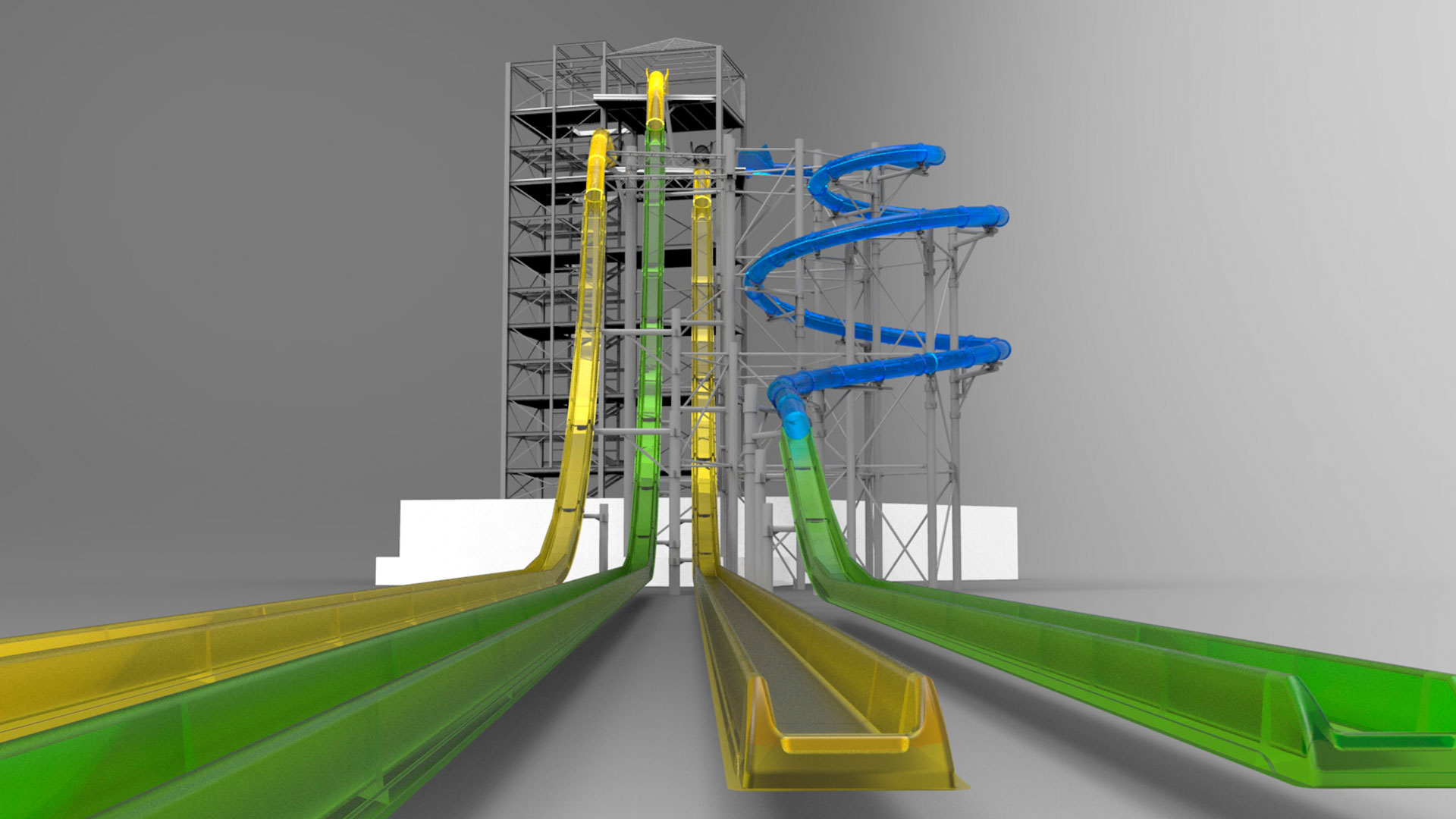Virtually all sources agree in defining engineering as the application of scientific and mathematical principles to problem solving. From this common position, some of these sources qualify or develop the basic definition. For example, the Encyclopaedia Britannica specifies that engineering applies these scientific and mathematical principles to “the optimum conversion of the resources of nature to the uses of humankind”. However, this concept of engineering presupposes the existence of science (and mathematics).

But the first engineering products, such as the wheel, the wedge or the lever, among others, emerged thousands of years ago, when homo sapiens had only a practical knowledge of the world and no one had yet written a line establishing a theorem or a scientific law. This forces us to review the definition of the discipline, which should perhaps be considered from a more historicist point of view, as a process of experimentation with the forces of nature, the result of which is the creation of tools and infrastructures to survive, in the first instance, or, in the second, to improve the lives of beings, in this case humans.

With this, we could also consider the so-called “engineering animals“, i.e. certain birds, beavers, ants or even primates that use a stick to catch ants and eat them, as some of the first engineers. At the same time, we approach the origin of the term “engineering”, which derives from the Latin words ingenium, meaning “shrewdness”, and ingeniare, meaning “to contrive, to devise”. All, as we say, in order to survive initially and, once that goal was secured, to improve people’s lives.

However, one of the first applications of the term “engineer”, back in the 14th century, was for those who built war machines (rather drastic tools to ensure survival). But the term soon spread to apply to those who constructed buildings, streets, sewage systems and many other civil projects that, in effect, improved the lives of citizens. Although they were not referred to by that term at the time, who else but engineers were responsible for such constructions as the Lighthouse of Alexandria, the Roman aqueducts, the Appian Way and the Colosseum, Teotihuacan or the Brihadeshwara temple at Thanjavur, amongst many other great structures, some of which have survived to the present day?
One of the earliest and oldest surviving treatises on architecture and engineering is Marcus Vitruvius’ De architectura, published in Rome in the 1st century AD. It is a 10-volume work covering architectural issues, but also civil engineering topics related to construction materials and methods, hydraulics, measurement and town planning. But it was not until the 18th century that civil engineering became an independent discipline, when the first professional societies and schools were founded. Indeed, since then it has undergone a meteoric development parallel to the development of science and technology. Today, there are many different aspects that fall under the umbrella of engineering, including mechanical, electrical, chemical, nuclear, aerospace, computer science, industrial, environmental engineering…

In the particular case of Amusement Logic, the engineering it applies to the leisure and tourism projects it develops is not taught as a separate academic subject. It is learnt through the coordination of very diverse engineering tasks and through extensive experience developed over a long period of time. With it, Amusement Logic offers a service that involves both civil and industrial engineering, hydraulics, construction and, more recently, environmental engineering. But whatever the requirements of the projects entrusted to it, the engineering that Amusement Logic puts into practice always aims to improve people’s lives.

You can find out more about this service on the dedicated page ENGINEERING.







